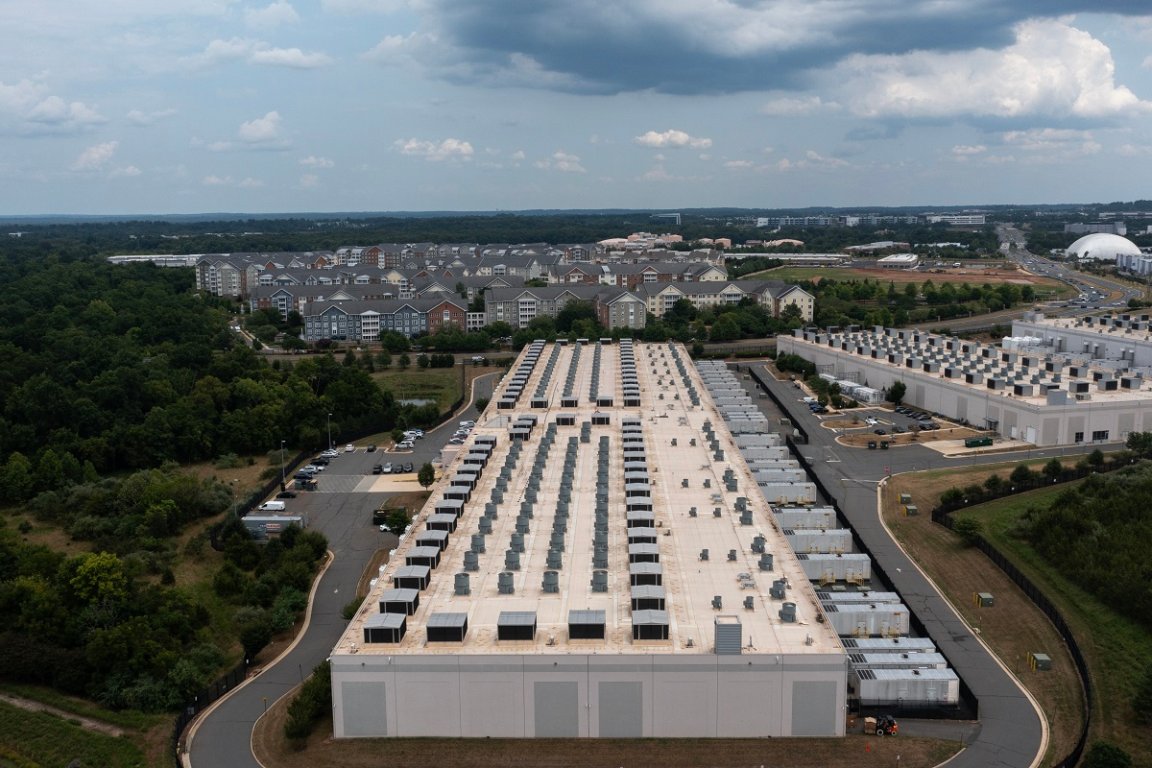
No Accountability
What tech companies have claimed so far about the energy costs of building enormous AI models may have been incredibly misleading. Or, depending on your perspective, they lied to you.
The Guardian reports that the actual emissions made by data centers owned by AI leaders including Microsoft, Google, Meta, and Apple, are about 662 percent higher than what they’ve officially reported.
And this may just be the tip of the iceberg: the newspaper’s analysis was limited to emissions made between 2020 and 2022, a window that captures the cusp of the AI boom but not the staggering heights that it’s reached now.
According to the analysis, Amazon was overall the largest emitter by far, but couldn’t be included in the above figure because data center-specific emissions weren’t available.
Still, it’s just as guilty as all the rest for obfuscating its environmental impact. All five of the tech companies, The Guardian notes, have at various points claimed — laughably — to be carbon neutral.
“It’s down to creative accounting,” a representative from the advocacy group Amazon Employees for Climate Justice told the newspaper.
Parks and Recs
When a tech company reports its emissions, what they’re showing you are “market-based” emissions, which are tamped down by purchasing energy certificates, or “Recs,” which they then factor into their calculations.
These supposedly certify that a company is offsetting its dirty energy consumption with an equivalent amount of renewable energy. You’ll want to note that the renewable efforts don’t have to be undertaken by the company getting the certificates. Some third party that they pay can handle doing the work of producing the renewables on their behalf — convenient, right?
Any of these tech companies can buy Recs, and in practice little is done to verify how much is actually being “offset.” Basically, it’s like money laundering except for an energy bill.
And as the report shows, even if the offsetting is taking place, the ulterior motive almost certainly isn’t to save trees, but to shave off a few zeroes on a carbon balance sheet, all so we can go on pretending this stuff isn’t gutting the environment.
Location, Location, Location
Instead, a truer reflection of the actual toll would be “location-based emissions.” No nonsense here: it’s the amount emitted by each data center, straight up.
Bear in mind that all the firms don’t report specific data center related emissions the same way. But using the location-based emissions that are available, the biggest liar of the bunch appears to be Meta.
In 2022, Meta’s official emissions from in-house data centers was just 273 metric tons of CO2. But using location-based data, that soars to 3.8 million metric tons — a 19,000 times increase, in case you were wondering.
Microsoft is likely more representative of a big AI company’s environmental toll today. Officially, it claimed its data center-related emissions for that year was 280,782 metric tons. The location-based figure? 6.1 million.
We’d like to say there’s a silver lining, but there probably isn’t. By all accounts, AI’s energy demand is going to keep growing.
“The trend in those emissions is worrying,” the report reads. “If these five companies were one country, the sum of their ‘location-based’ emissions in 2022 would rank them as the 33rd highest-emitting country, behind the Philippines and above Algeria.”
More on AI: Microsoft Secretly Selling AI to Fossil Fuel Companies While Bragging About Environmental Progress